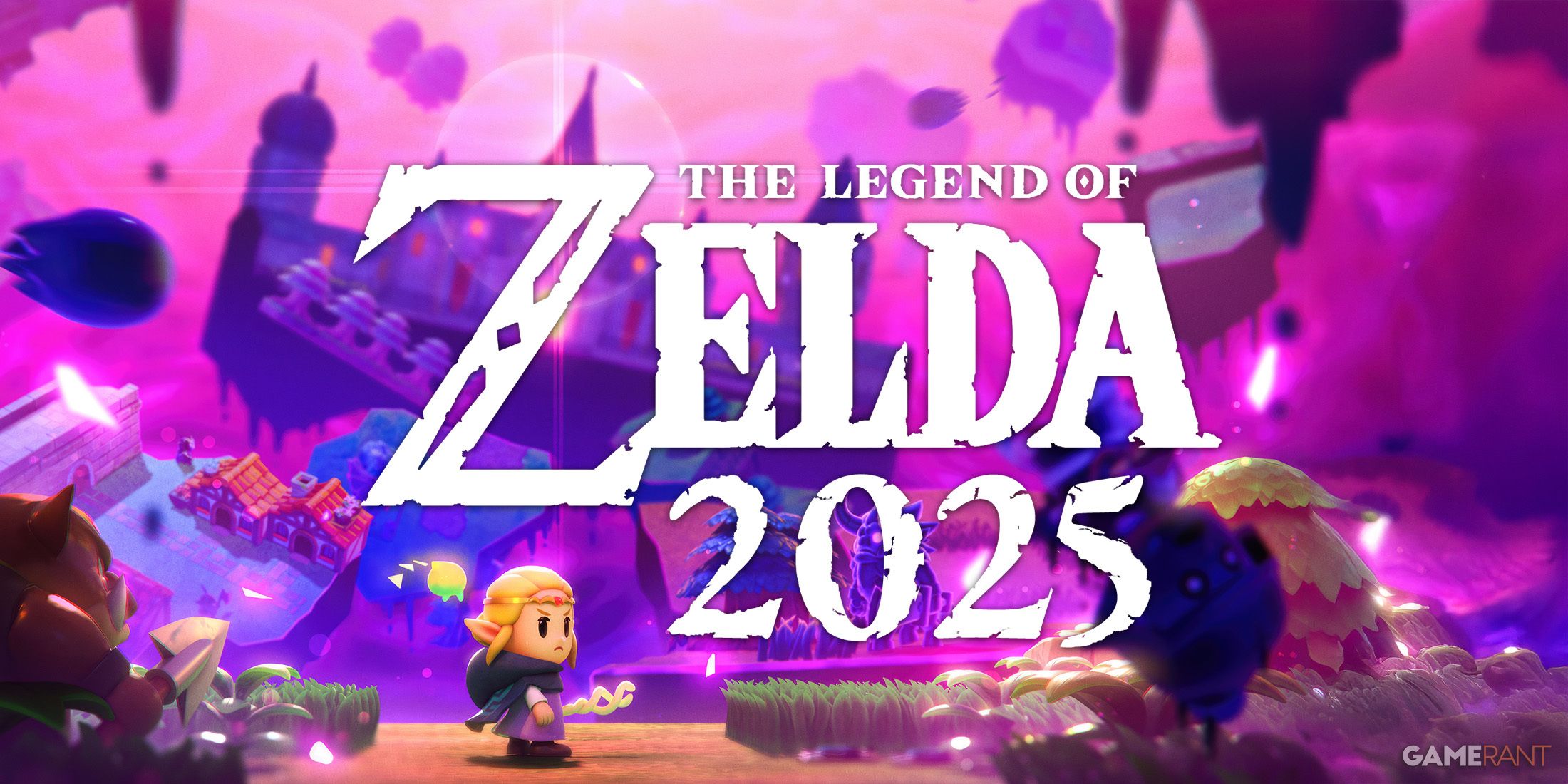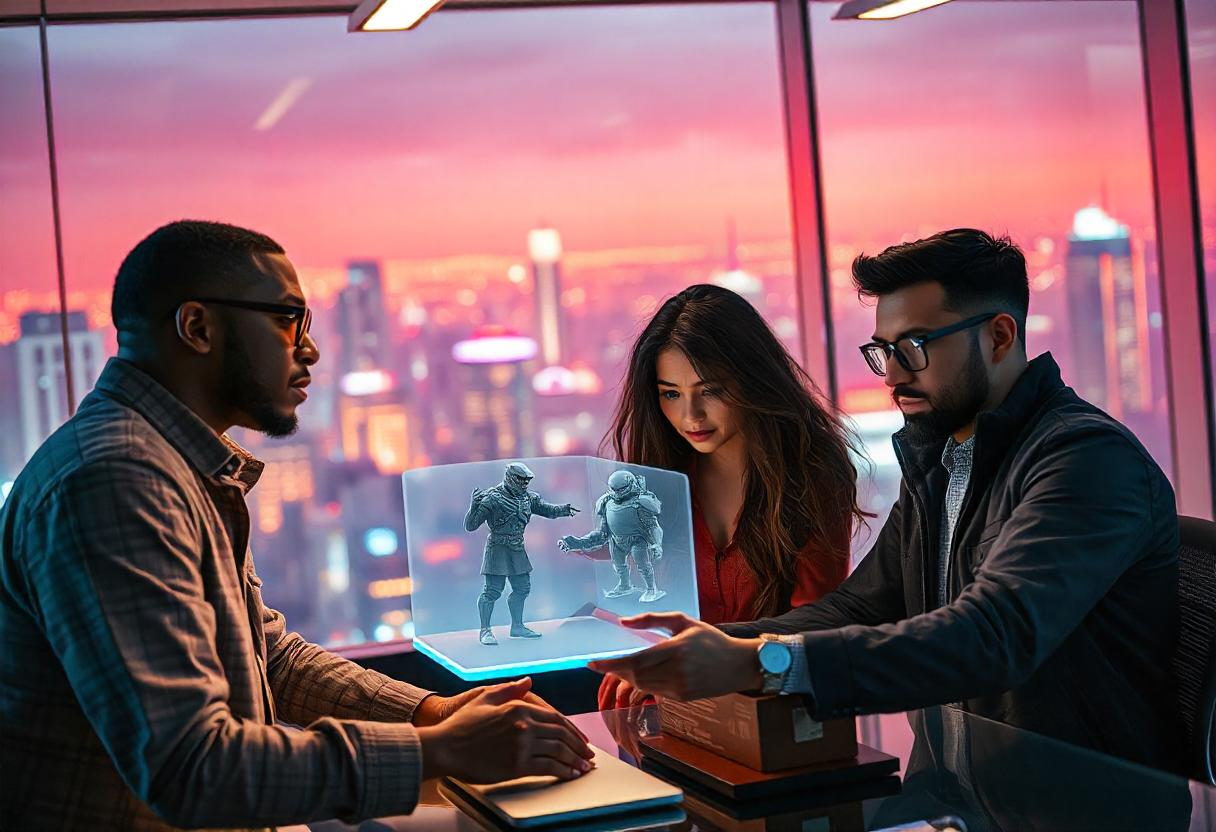
Animated Games: A Toon-Tastic Takeover in 2025
The gaming landscape is constantly evolving, driven by technological advancements and shifting player preferences. While photorealistic graphics have long been the holy grail for many developers, a counter-trend is gaining significant momentum: animated games. In 2025, we’re poised to see a veritable explosion of animated titles, ranging from visually stunning indie darlings to AAA blockbusters embracing stylized art directions. This article will delve into the reasons behind this surge in popularity, explore the diverse styles and genres benefiting from animation, and highlight some of the key trends shaping the future of animated gaming.
Beyond the Real: Why Animation is Taking Center Stage
Several factors are contributing to the rise of animated games in 2025. It’s not just about aesthetics; animation offers a unique blend of creative freedom, performance optimization, and distinct storytelling potential that resonates with both developers and players.
-
A Refreshing Alternative to Photorealism: After years of striving for hyper-realistic graphics, many gamers are experiencing "visual fatigue." The relentless pursuit of photorealism often comes at the expense of artistic expression and creative design. Animated games offer a refreshing departure, allowing developers to prioritize unique art styles, vibrant colors, and imaginative character designs that stand out from the crowd.
-
Performance Optimization and Accessibility: Creating realistic textures, complex lighting effects, and intricate environments demands immense processing power. Animated games, particularly those utilizing stylized 2D or low-poly 3D graphics, can be significantly less demanding on hardware. This makes them more accessible to a wider audience, including players with older PCs or mobile devices. Lower development costs associated with certain animation styles also allow indie developers to compete more effectively.
-
Distinct Artistic Vision and Creative Freedom: Animation grants developers unparalleled freedom to create worlds and characters that defy the limitations of reality. They can craft surreal environments, exaggerate character features for comedic effect, or evoke specific emotions through carefully chosen color palettes and animation techniques. This artistic flexibility allows for more experimental and innovative game designs.
-
Enhanced Storytelling Potential: Animation can be a powerful tool for storytelling. Stylized visuals can amplify emotional impact, allowing developers to convey complex narratives with greater clarity and impact. Think of the tear-jerking moments in games like Gris or the hilarious antics in Cuphead. Animation can also be used to create a unique tone and atmosphere, immersing players in a world that feels both believable and fantastical.
-
Nostalgia and the Power of Familiarity: Many players grew up with animated cartoons and video games. Embracing animation can evoke a sense of nostalgia and familiarity, attracting players who appreciate the classic aesthetic. This is particularly true for games that draw inspiration from iconic animation styles, such as anime, Disney cartoons, or classic video game sprites.
A Kaleidoscope of Styles: Exploring the Diverse World of Animated Games
The beauty of animation lies in its versatility. From hand-drawn masterpieces to cutting-edge 3D techniques, the possibilities are endless. In 2025, we’re seeing a diverse range of animation styles finding their place in the gaming world:
-
Hand-Drawn Animation: This timeless technique is experiencing a resurgence, thanks to its unique charm and artistic flair. Games like Hollow Knight: Silksong and Sea of Stars demonstrate the enduring appeal of hand-drawn animation, offering visually stunning worlds and fluid character movements. This style is particularly well-suited for platformers, Metroidvanias, and adventure games.
-
Cel-Shaded Graphics: This technique mimics the look of traditional cel animation, creating a distinctive "cartoonish" appearance. Games like Guilty Gear Strive and Borderlands have popularized cel-shading, showcasing its ability to create vibrant, expressive characters and dynamic action sequences. This style is often used in fighting games, action RPGs, and shooters.
-
Low-Poly 3D: This stylized approach embraces simplified 3D models with minimal detail, resulting in a blocky, retro aesthetic. Games like Minecraft and Among Us have demonstrated the widespread appeal of low-poly graphics, proving that visual simplicity can be incredibly engaging. This style is often used in sandbox games, indie titles, and mobile games.
-
Anime-Inspired Animation: The influence of Japanese animation is undeniable in the gaming world. Games like Genshin Impact and Persona series showcase the beauty and expressiveness of anime-inspired character designs and animation techniques. This style is prevalent in JRPGs, action games, and visual novels.
-
Stop-Motion Animation: This painstaking technique involves animating physical objects frame by frame, creating a unique and tactile visual style. Games like Harold Halibut demonstrate the artistic potential of stop-motion animation, offering a charming and immersive experience. This style is often used in narrative-driven games and adventure games.
Genres Embracing the Animated Revolution
While animation can be applied to virtually any genre, some are particularly well-suited to its strengths. In 2025, we’re seeing animated games thrive in a variety of genres:
-
Indie Games: Independent developers are at the forefront of the animated game revolution. They often have limited budgets and resources, making animation a cost-effective and artistically rewarding choice. Indie games like Stardew Valley and Undertale have proven that compelling gameplay and charming visuals can resonate with a massive audience.
-
Platformers and Metroidvanias: The precision and fluidity of animation are essential for creating engaging platforming experiences. Games like Ori and the Blind Forest and Dead Cells showcase the power of animation to create challenging and rewarding gameplay loops.
-
Action RPGs and Fighting Games: Animated games can deliver over-the-top action sequences and expressive character designs, making them ideal for action RPGs and fighting games. Games like Dragon Ball FighterZ and Cuphead are prime examples of how animation can enhance the excitement and visual spectacle of these genres.
-
Narrative-Driven Games: Animation can be a powerful tool for conveying emotions and building compelling narratives. Games like Night in the Woods and Life is Strange demonstrate how stylized visuals can enhance the emotional impact of a story.
-
Mobile Games: The accessibility and performance optimization benefits of animation make it a natural fit for mobile gaming. Games like Monument Valley and Alto’s Odyssey showcase the beauty and simplicity of animated mobile games.
Trends Shaping the Future of Animated Gaming in 2025
Looking ahead to 2025, several key trends are shaping the future of animated gaming:
-
The Rise of Procedural Animation: Procedural animation techniques are becoming increasingly sophisticated, allowing developers to create dynamic and realistic character movements without relying solely on hand-drawn or motion-captured animation. This can significantly reduce development time and costs while maintaining a high level of visual quality.
-
Integration of AI-Powered Animation Tools: Artificial intelligence is revolutionizing the animation process, with AI-powered tools capable of automating tasks such as rigging, skinning, and motion capture cleanup. This allows animators to focus on more creative aspects of their work, resulting in more expressive and nuanced character performances.
-
Emphasis on Accessibility and Inclusivity: Developers are increasingly prioritizing accessibility and inclusivity in their game design, including the visual style. Animated games can be designed with specific audiences in mind, such as players with visual impairments or those who prefer a more stylized aesthetic.
-
Cross-Platform Compatibility: With the rise of cloud gaming and cross-platform play, developers are focusing on creating animated games that can be enjoyed on a variety of devices. This requires optimizing the game’s performance and visual style to ensure a consistent experience across different platforms.
-
Blurring the Lines Between Animation and Live-Action: We’re seeing a growing trend of games that blend animation with live-action footage, creating a unique and surreal visual experience. This approach allows developers to explore new storytelling possibilities and create games that feel both familiar and otherworldly.
Conclusion: A Bright Future for Animated Games
The animated game revolution is well underway, and 2025 promises to be a landmark year for the genre. With a diverse range of styles, genres, and emerging technologies, animated games are poised to captivate players with their unique visual appeal, compelling storytelling, and engaging gameplay. As developers continue to push the boundaries of animation, we can expect to see even more innovative and groundbreaking animated games in the years to come, solidifying their place as a vital and exciting part of the gaming landscape. The future is bright, colorful, and undeniably toon-tastic!

